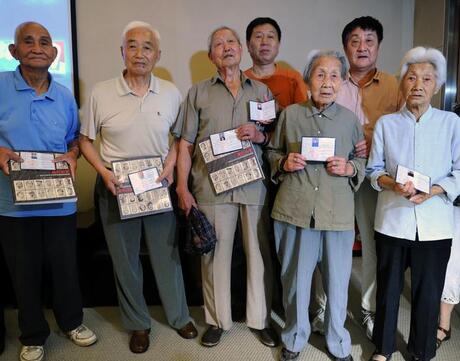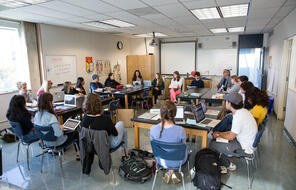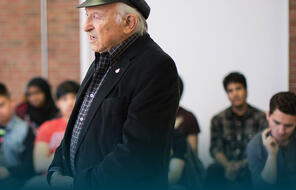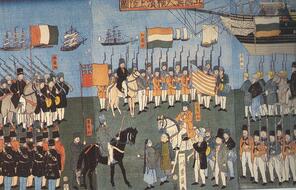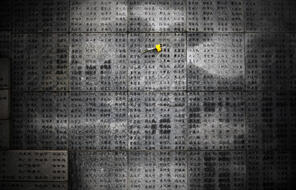The city of Nanjing (Nanking) did not hold the wartime strategic importance of coastal Shanghai 300 kilometers (almost 200 miles) to its east, with its central port and economic activity. But Nanjing did hold tremendous symbolic power. The establishment of the city can be traced as far back as the Spring and Autumn Period in China (722–481 BCE). At the start of the Ming dynasty (1368–1644), the city was explicitly named Nanjing, meaning “southern capital,” and was the dynasty’s secondary capital, along with Beijing (Peking), the “northern capital,” which was the main capital. Most of the towering city walls, built by the first Ming emperor in the fourteenth century, remain standing today. To date, they are the largest and longest city walls in the world, and they serve as a lasting reminder of China’s imperial past. During the 1920s, China transitioned from more than two thousand years of imperial rule into a new republic, led by Chiang Kai-shek. Chiang established Nanjing as the capital of the republic.
Fighting initially broke out between the Nationalist (Guomindang) revolutionary forces (the army of Chiang’s Chinese republic) and Japanese Imperial forces in July 1937. The military skirmish, which took place at the Marco Polo Bridge nine miles southwest of Beijing, set the pretext for Tokyo to launch a full-scale invasion of Shanghai on August 13, 1937. Chinese leader Chiang threw his best divisions into service, fiercely fighting and resisting Japanese advances during the first battle of the war, the 90-day defense of Shanghai (August–November 1937). The Chinese losses, those killed or wounded, amounted to more than 250,000 troops, the nucleus of the Chinese Nationalists’ finest forces. Japan, too, suffered tremendously, with as many as 30% of its troops killed or wounded in this battle. This phase of fighting included the defense of the Sihang Warehouse, where Nationalist forces held off the Japanese army for an entire week despite being greatly outnumbered.
Following the Battle of Shanghai, by November 1937, the Japanese Imperial Army was marching west toward China’s capital city, aiming both to occupy strategic locations and to demonstrate their victory over the Chinese Nationalists—“[a] force they considered pernicious and alien to their vision of East Asia’s future.”
By destroying Nanjing, the Japanese wanted to deliver the message that China could not go on as an independent nation. The only future for China would be as part of a Pan-Asian Japanese empire.
When Nanjing fell on December 13, 1937, Japanese soldiers unleashed an assault consisting of wanton destruction, burning, rape, robbery, and the murder of thousands of civilians and noncombatants. According to historian Jonathan Spence, these atrocities must rank among the worst in the history of modern warfare. For almost seven weeks the Japanese troops, who first entered the city on December 13, unleashed on the defeated Chinese troops and on the helpless Chinese civilian population a storm of violence and cruelty that has few parallels. . . .
Some Japanese leaders were known to cite revenge for Chinese resistance in Shanghai and the loss of so many soldiers as a possible explanation for the brutality of their troops. Others believed that the lack of supplies was the trigger unleashing the violence. With no rational explanation available, the Nanjing atrocities stand as one of the greatest war crimes of World War II.




